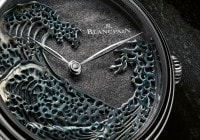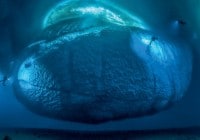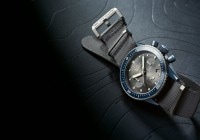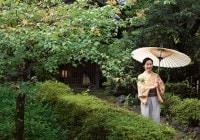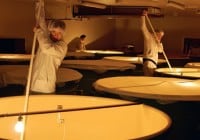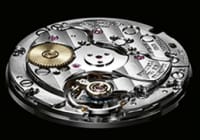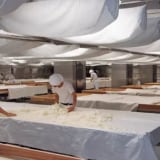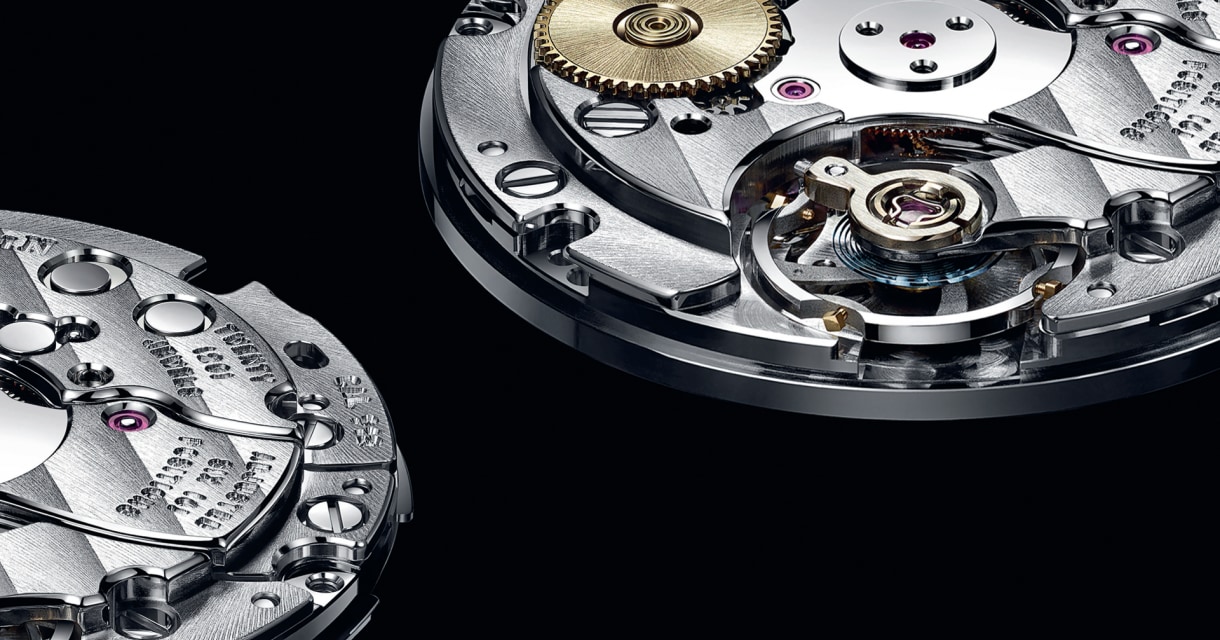
Search in Issues
Chapters
List of parts
Chapter 6
SAKE
A new form of the genre emerges meant to be served in classic wine glasses.
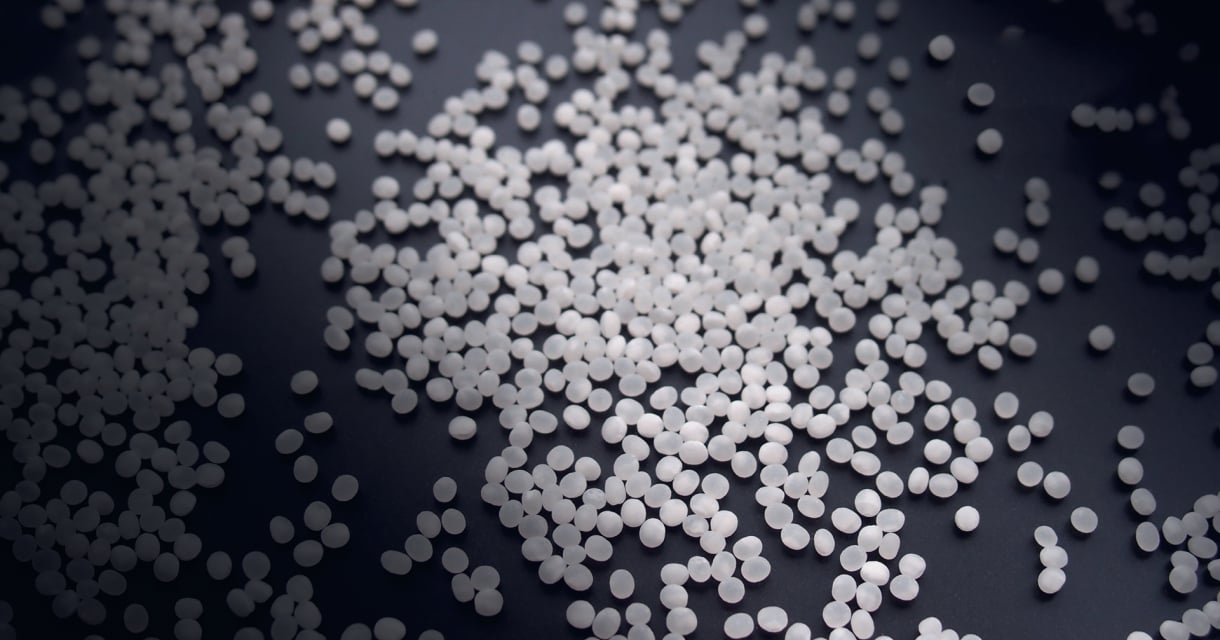
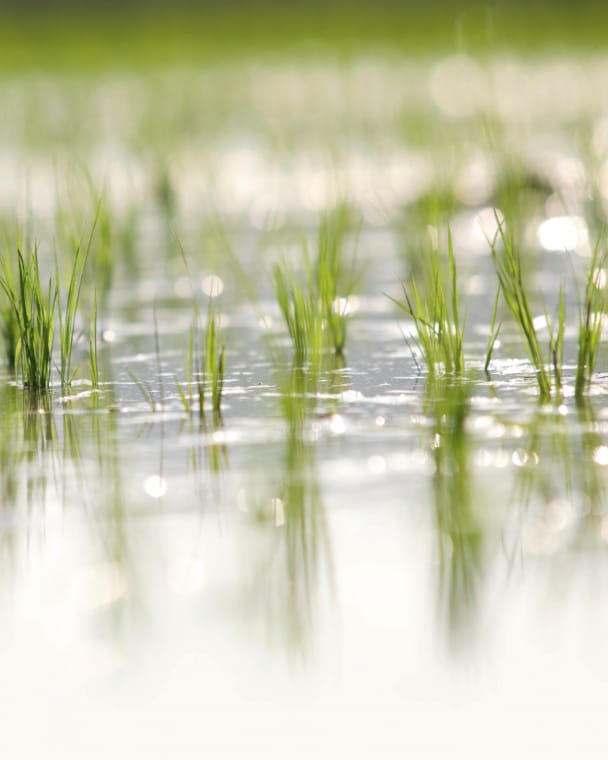
It begins with THE RICE.
What exactly is sake supposed to be? No doubt at this point, wags will leap to their feet shouting “rice wine”, an accent of derision to the voice. True enough as far as it goes, but is it supposed to be the alcoholic, sometimes cloudy, sometimes cloying sweet type served as an aperitif? Or, rather, the fizzy variety likewise an aperitif? Or, perhaps, the bracingly strong form served warm in thimble sized glasses? But then it might be the clear, restrained, perfumed, lower in alcohol category offered cold in proper wine glasses and meant to marry with food. It is to this form that we turn, for it represents not only a modern trend in the sake world, but has swiveled the heads of famed French chefs, including Joël Robuchon who has added this new genre to the wine cards in his famed Michelin starred restaurants.
Even within this modern class of sake there is great division represented by Dassai with its clear suave, mellow highly polished Dassai 23 and Dassai Beyond, both recommended to be consumed soon after release, and Kyoto’s Tsukino Katsura’s amber colored aged sake. Diversion in style, methods of production, and age notwithstanding, both express themselves best in a wine glass alongside food.
A few basics common to all sake processes. It begins with the rice. The preferred varietal is Yamada Nishiki. That said, there were 110 different types of sake rice grown in 2010. Sake rice differs from table rice strains in that it is much firmer with its starch concentrated in the center. Food rice is less firm with starch more widely distributed throughout the grain.
The first major step is polishing to remove the outer husk of the grain. Here there are choices to be made on the percentage removed, which is generally expressed by a number representing the amount remaining. A general rule: the highest grade sakes are made with rice that has been polished to below 50%. Sake polished to this degree is termed Dai-ginjo. Below 60% is Ginjo. Of course, there are still lower quality sakes made with lesser degrees of polishing. Great care must be taken in the polishing process to avoid cracking or breaking the remaining starchy center of the rice.
The addition of mold to some of the rice, to produce KOJI, is a CAREFULLY CONTROLLED PROCESS.
After polishing, the rice is washed and then steamed. It is in the next step that the vast difference between grape wine and rice wine appears. Grapes naturally possess sugars as well as yeasts so that fermentation to transform sugars into alcohol can occur naturally and spontaneously. Indeed, many winemakers take steps to delay the onset of fermentation that would otherwise “automatically” start for grapes which have been placed in the vat. Rice, on the other hand, needs help. A portion of the steamed rice is taken aside for the addition of what is called koji-kin which is a mold. Under a microscope, the mold calls to mind broccoli; its official name is Aspergillus oryzae. In fact, there are three types of this mold: black, white and yellow. Yellow is used for sake. Other varieties find their way into the production of soy and miso, both of which are fermented foods.
The addition of mold to some of the rice is a carefully controlled process that, in general, takes two days. Temperature and humidity are rigidly monitored and controlled. As well sake workers, called kurabito, are called upon throughout the period to mix the rice/mold combination, called koji, to ensure even distribution of the mold on the rice. The goal is to release glucose from the rice’s starch as this sugar is essential for the fermentation which is to follow.
Once the koji making is completed, it is added back to the rest of the steamed rice together with water, sake yeast, of which there are several types such as sokujo moto (used by Dassai), and a form of lactic acid (sake yeasts work best in a slightly acidic environment). Lower temperatures and longer fermentation times are favored for the best sakes. Generally, fermentation lasts from 25 to about 35 days.
Thereafter, the sake is separated from the lees, either by pressing through sieve material or through a centrifugal process such as the one used by Dassai for its refined sakes. Filtering may be done more than once. The final steps are pasteurization and bottling.
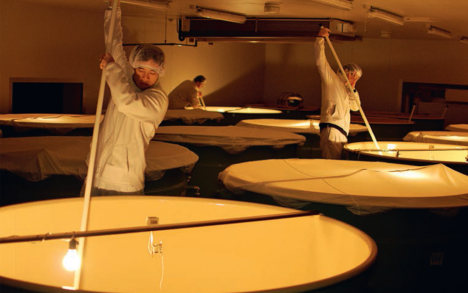

Mixing the rice/mold combination to ensure even distribution of the mold.
Dassai was the first sake maker to break from the pack when it developed its PRESTIGE DASSAI.
Dassai, located in the Yamaguchi mountains an hour’s drive from Iwakuni in southern Japan, has been in the sake business since 1770, albeit not under that name until recently. Dassai’s current president, Hiroshi Sakurai, took over leadership in the family business in 1984. At that time, the enterprise was on the brink of failure. Its sakes, on the low end of the price-quality scale, were struggling in a declining local market. Sakurai understood that he needed to succeed outside of his local area, in particular in Tokyo. To accomplish that, a radical departure was required, a full reorientation of the business toward making the best, Dai-ginjo. To do that, everything but the water had to change: bringing in a new brewmaster (toji), changing to the highest grade rice, and moving from a 75% polish to an unheard of at the time 23%.
In making these changes, Sakurai had to withstand withering criticism and claims that he had lost control of his senses. Keep in mind that in the 1980s there was not a drive toward high-end sake. As Sakurai describes it, the saying was “sake is sake”. He was the first in Japan to break from the pack. Inspiration for taking this risk came from, of all places, Bordeaux. He learned of the long travails of Château Mouton Rothschild in its struggles to advance its ranking to that of a First Growth, which finally succeeded in 1973. He was braced for hardship in teaching and explaining the special qualities that he wanted to bring to his sake.
There were challenges in mastering the elevation of sake making. Many related to the local water, which is unusually soft. The right minerals, notably potassium, magnesium, and phosphorous, aid fermentation. Word to the wise, some minerals such as iron and manganese ruin color and flavor. Although the soft local water lacked special mineral boosts to fermentation, the resulting slowness was found to be an advantage, bringing extra refinement and elegance to the final product. That said, Sakurai recounted that many mistakes were made and false paths followed before his toji and his team perfected the process and turned the soft water into an advantage.
There were other changes to the process in the quest to elevate quality. Dassai used only about 10% of what is the standard quantity of koji-kin mold. Of course that slows down the process, but the extra time promotes the spread of the bacteria into the rice as opposed to remaining just on the exterior.
As for the rice, Hiroshi Sakurai selected a source of Yamada Nishiki 300 km distant in the Hyōgo Prefecture in western Japan. He is particular in his choice of farmers, buying only from them as they produce the highest grade. In Japan, although rice is not classified based on where it is grown, it is ranked into five ascending quality grades. Dassai is careful to triage the rice it receives.
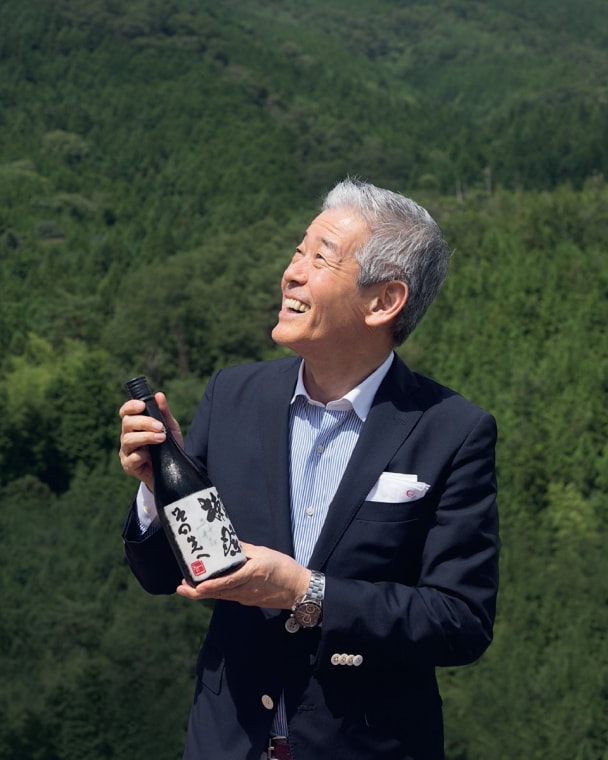
Hiroshi Sakurai.
Dassai’s 23 was REVOLUTIONARY when it came on the market.
Dassai’s 23 was revolutionary when it hit the market and it has now spawned a host of imitators in what truly is a new market category of prestige sake meant to marry with food as an alternative to fine wine. As Dassai 23’s success grew, Hiroshi Sakurai imagined a further step: super sake.
In many ways, his super sake resembles a Cuvée Prestige from the world of champagne. An effort to craft the best of the best. Dassai calls its super sake “Dassai Beyond”. The name says it all. Polishing goes further than the 23% of the 23. Although the number is not promoted in the same way, it is taken down into the teens. But Beyond is not merely a matter of numbers. More is involved than the percent of polish. The koji is different. The time to make the koji is longer, bringing greater depth. There is common ground between it and the 23, however. Both Beyond and 23 were sake firsts. As with the 23, others, too, are now following with their own versions of super sakes. Beyond is extremely limited; only 15,000 bottles are produced per year.
Dassai’s fame has spread and, in parallel, its distribu- tion into restaurants in the United States and Europe. Indeed, when Prime Minister Shinzō Abe visited the White House, Dassai was served, 23 to all the tables, except Obama’s where Beyond was poured.
In common with almost all sakes, both Beyond and 23 are best drunk one to three months after release. Neither benefits from aging in the bottle.
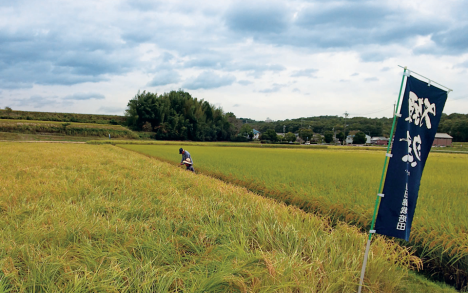
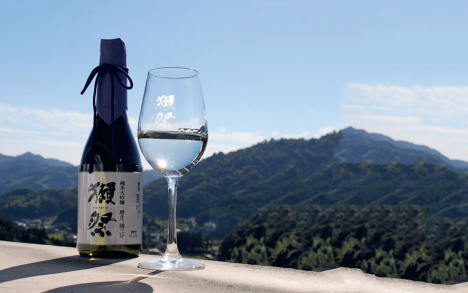
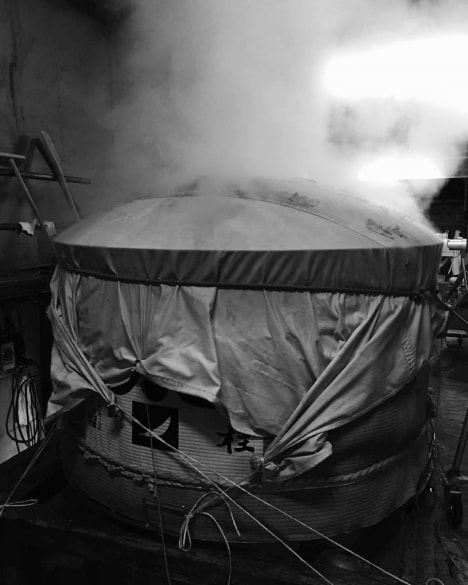

Tsukino Katsura’s AGED SAKE IS A TRUE RARITY.
Tsukino Katsura is Kyoto’s oldest sake producer, which is to say, one of the oldest in Japan. It was founded in 1675 and has been owned by the same family for fourteen generations. They offer a wide range of sakes spanning from cloudy, that is to say unfiltered, termed Nigori, to aged sake. Their Nigori distinguished itself as the first one made to Dai-ginjo standards.
But it is their unique aged sake, called Koshu, that drew us to visit them in Kyoto. Sake that is aged is a true rarity. The general rule is that sake cannot be aged. Once the brewing process has been completed, not only does it not develop further, what awaits, instead, is decline as time passes. Thus, the very idea that there could be an exception to this brutal reality merited a pilgrimage to learn Tsukino Katsura’s secret.
There is an amusing contradiction that lies behind Tsukino Katsura’s aged sake: on the one hand, their aged sake can be seen as something new and groundbreaking; but as we discovered, far from revolutionary, the idea dates back to at least 1683. Tokubee Masuda, Tsukino Katsura’s CEO, explains that his father happened upon a book from that period which mentioned aged sake. Adding to the lore, he discovered a cook book from the same era that not only mentioned aged sake but referenced foods that were eaten with it.
Lacking details on how those aged sakes might have been produced, Masuda’s father consulted with Kin’ichirō Sakaguchi, a sake professor in Tokyo University. The professor suggested trying porcelain for the aging.
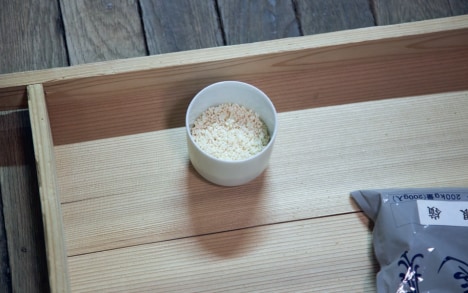
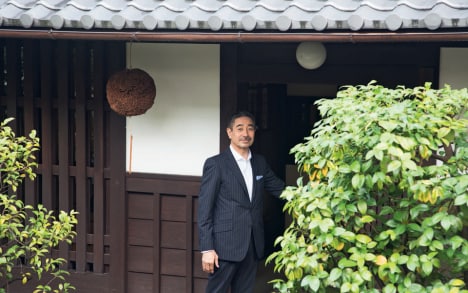
Tokubee Masuda.
Storage in PORCELAIN jugs of a type made 300 years ago is the SECRET FOR AGING SAKE.
The greatest challenge was finding porcelains that would resemble those from 300 years ago. From its search, it was able to find a small number of porcelain jugs both in Japan and China. Tsukino Katsura now jealously guards that stock as similar forms are no longer produced in Japan. What is the special attribute of these old porcelain casks? Their porosity which allows just the right amount of outside air to interact with the sake. It breathes... not too much, not too little. Thus, modern sealed porcelains or glass bottles are not alternatives. Happily, the porcelain vessels can be reused. That said, the limited number at Masuda’s disposal severely restricts the quantity of aged sake that he can produce. Only 1,200 bottles per year!
Tsukino Katsura’s process is artisanal and its two low wooden brewery buildings, termed kura, straddling a narrow lane in their quaintness and scale call to mind many found in Burgundy where yearly production of hand crafted domaine wines is likewise limited. Polishing of the aged sake is to 35%. Thus, it qualifies as Dai-ginjo. After the sake destined for aging has been filtered and pasteurized, it is placed into porcelain and stored in a dark, cool environment. Again a parallel to a French Burgundy underground cave. There it reposes, generally for ten years. There are, however, exceptions with many of the porcelains in the cave holding sakes much older. Each jug is marked with its vintage year.
Prior to bottling, the now aged sake is filtered to remove sediment and pasteurized one more time. At that point it is ready to drink. Unlike all other sakes, the aged sakes can be stored longer, provided that they are not exposed to light. Not that there is any benefit that comes from holding them, as they will not improve or further develop in the bottle. In honor of his father, it is his father’s handwriting which graces the bottle’s label.
On the horizon is Tsukino Katsura’s super sake. They plan to release a special bottling of 50-year-old sake, one of which is destined for the legendary Hemingway Bar in Paris’ Place Vendôme Ritz Hotel.
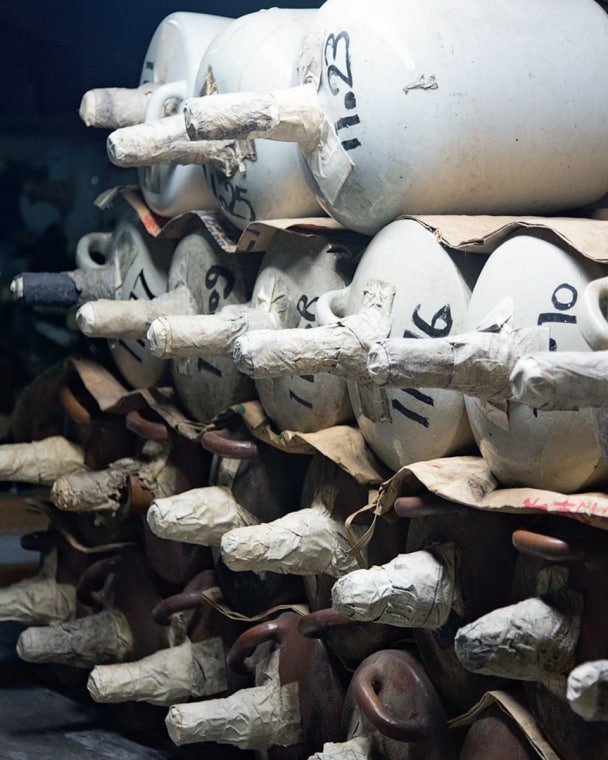
Porcelain jugs, marked by year, in storage at Tsukino Katsura.
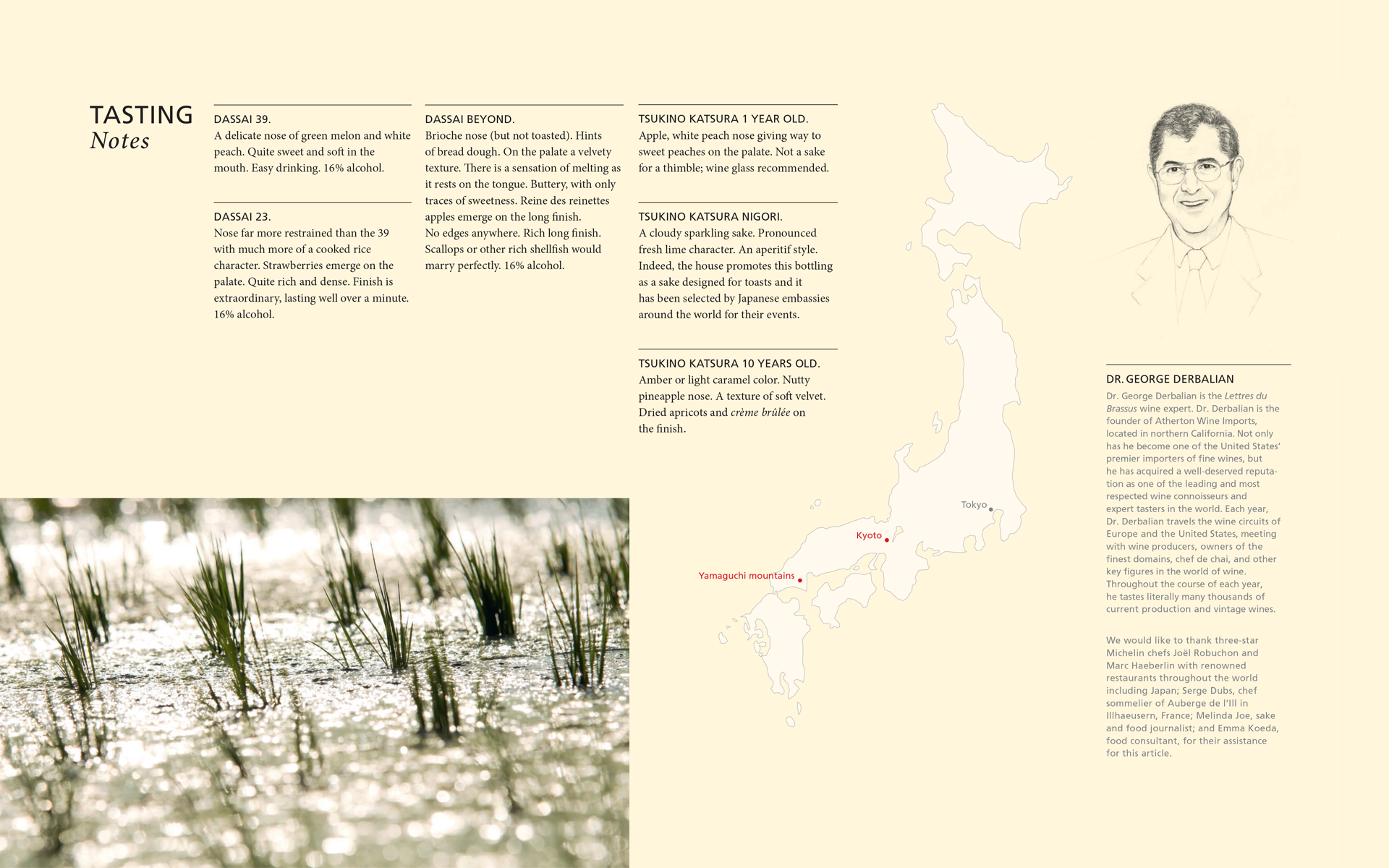
Other issues
Don't miss the latest issue
Sign Up for New Releases

